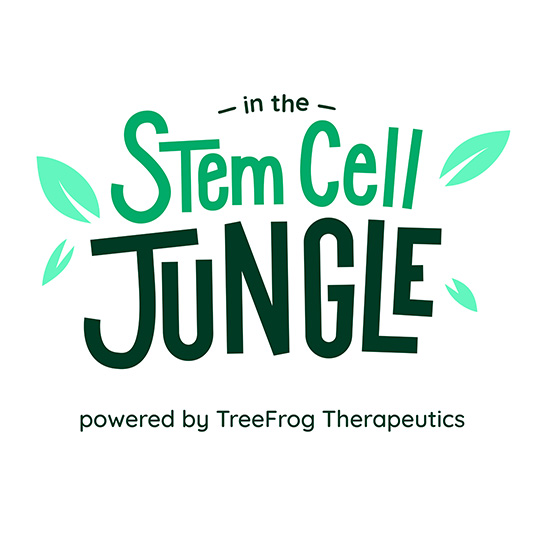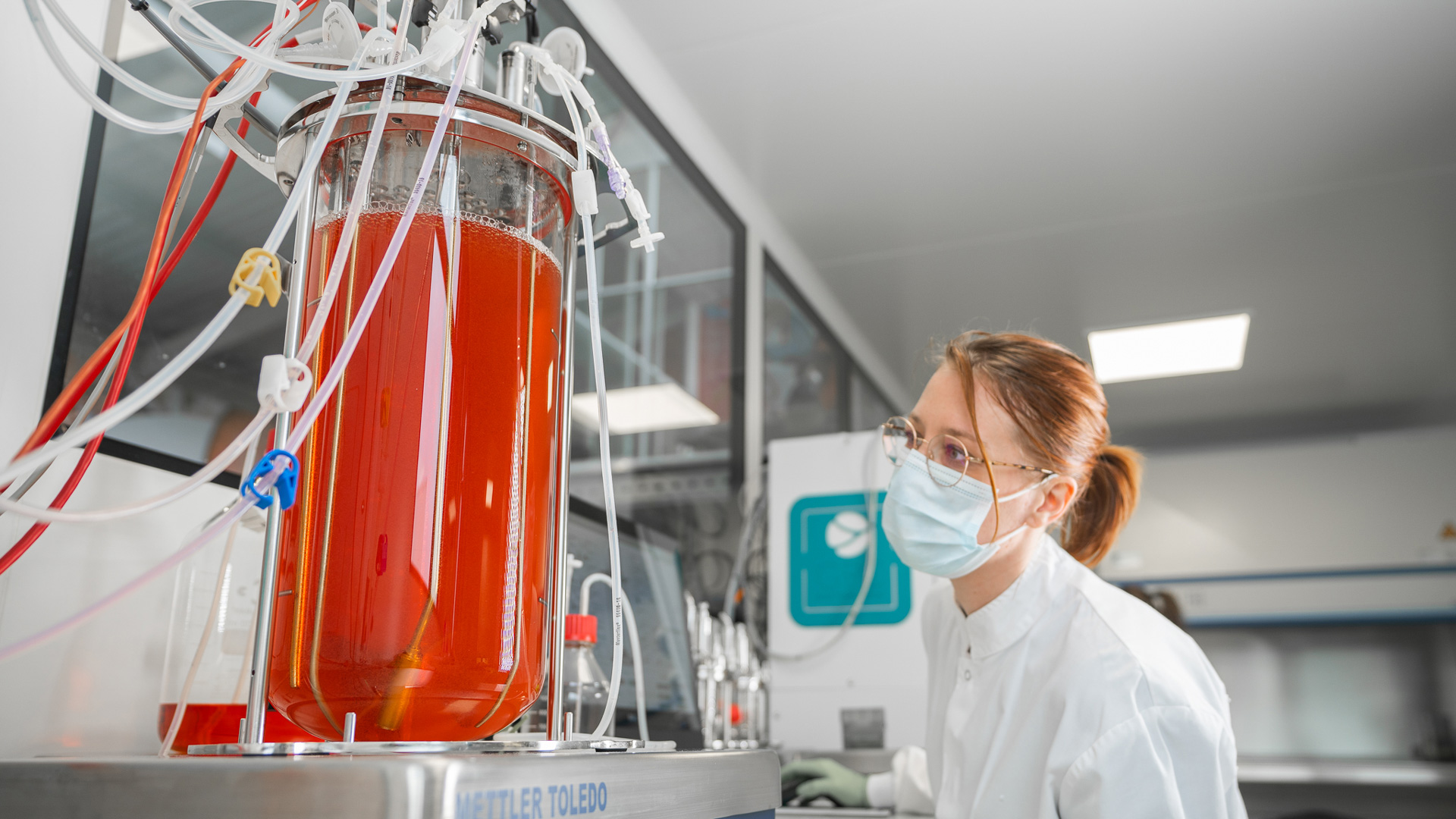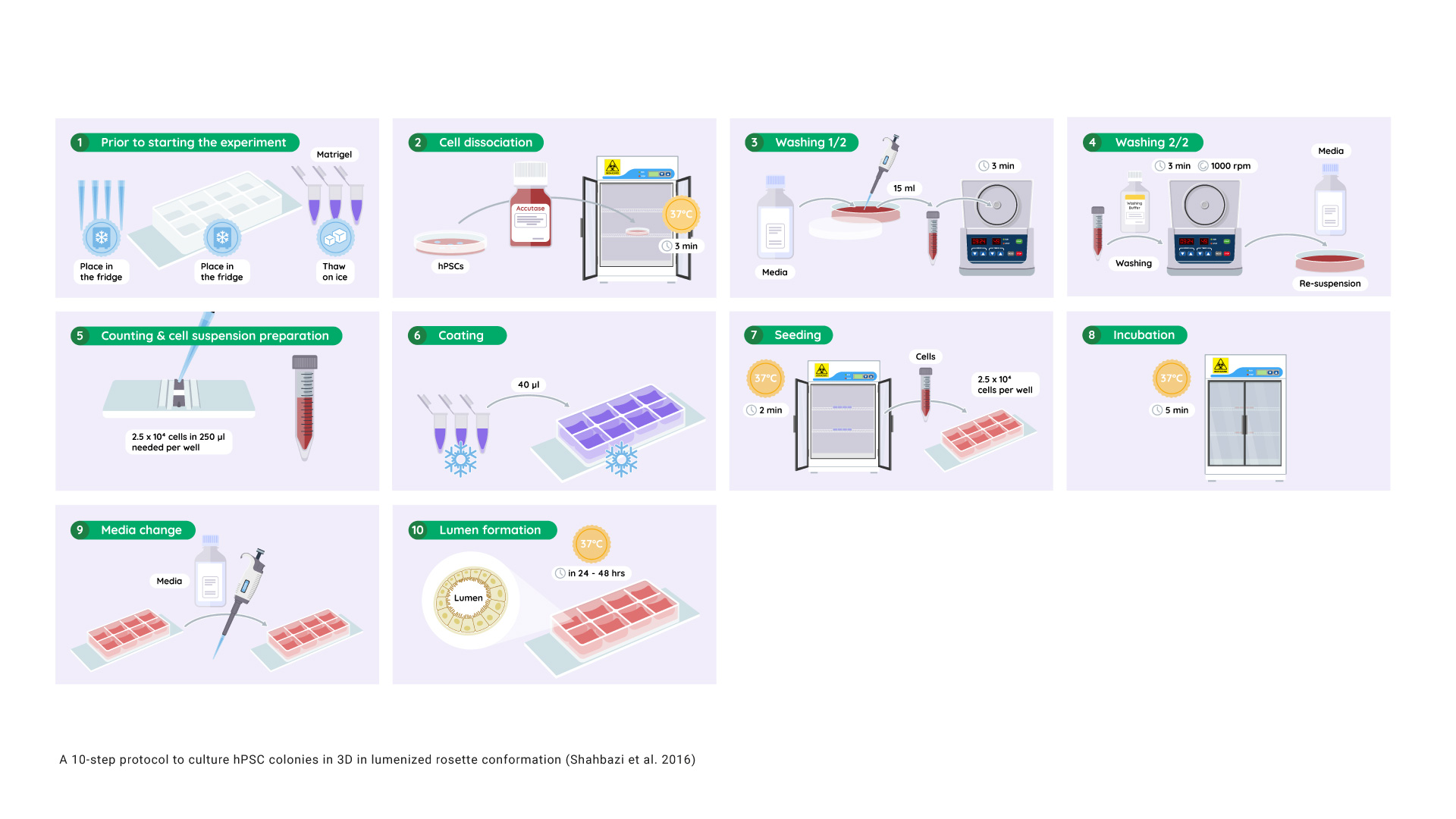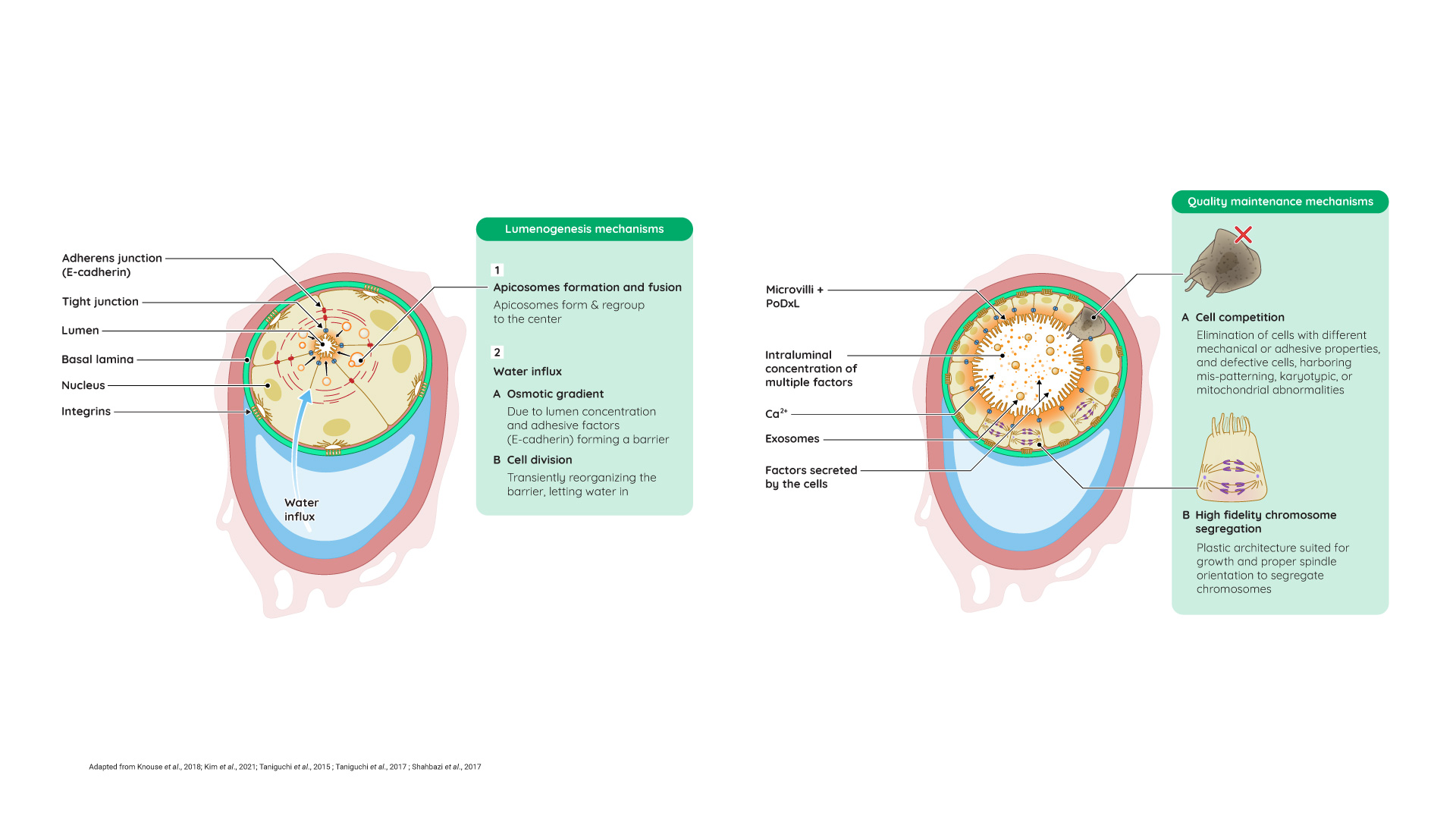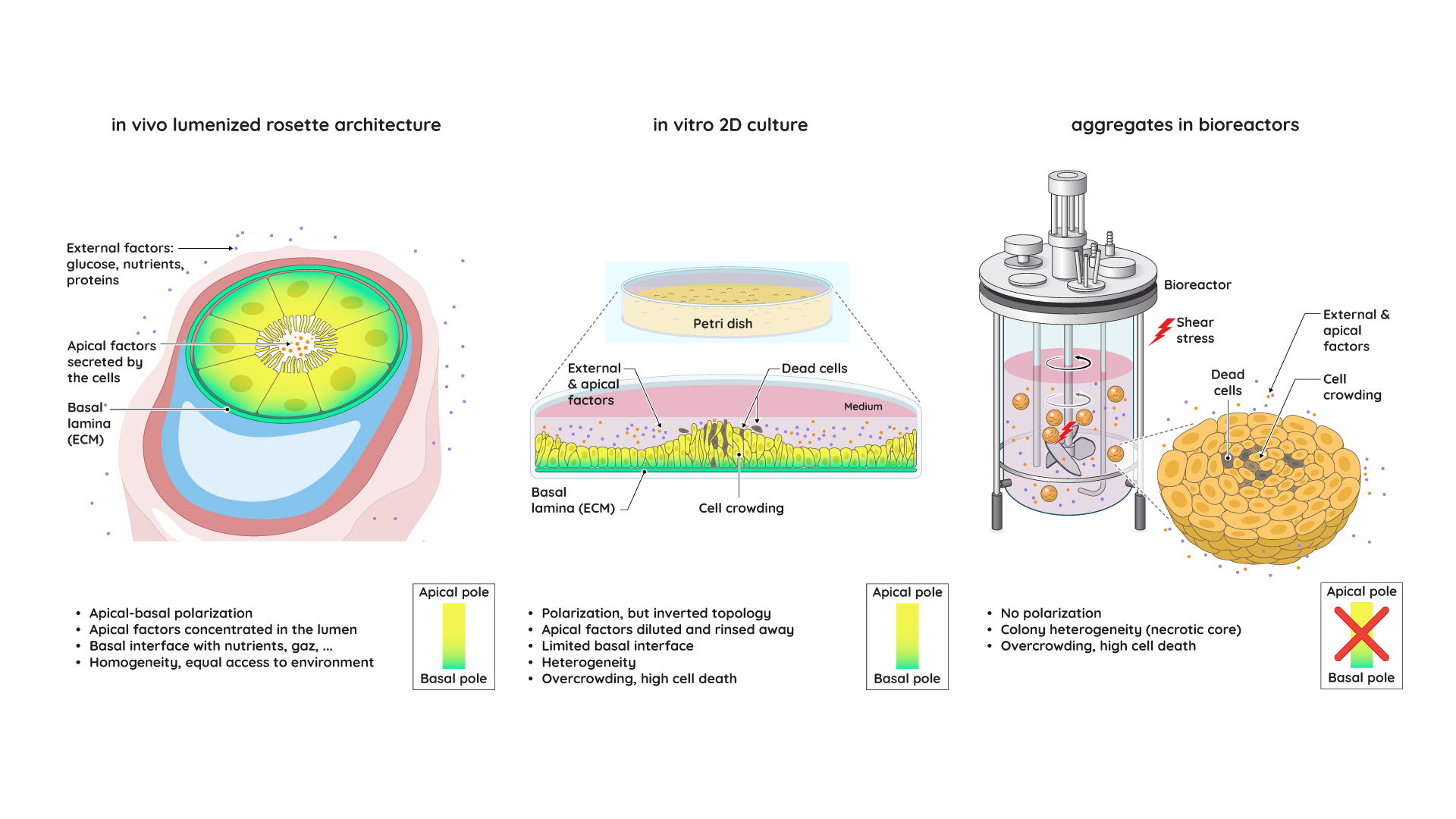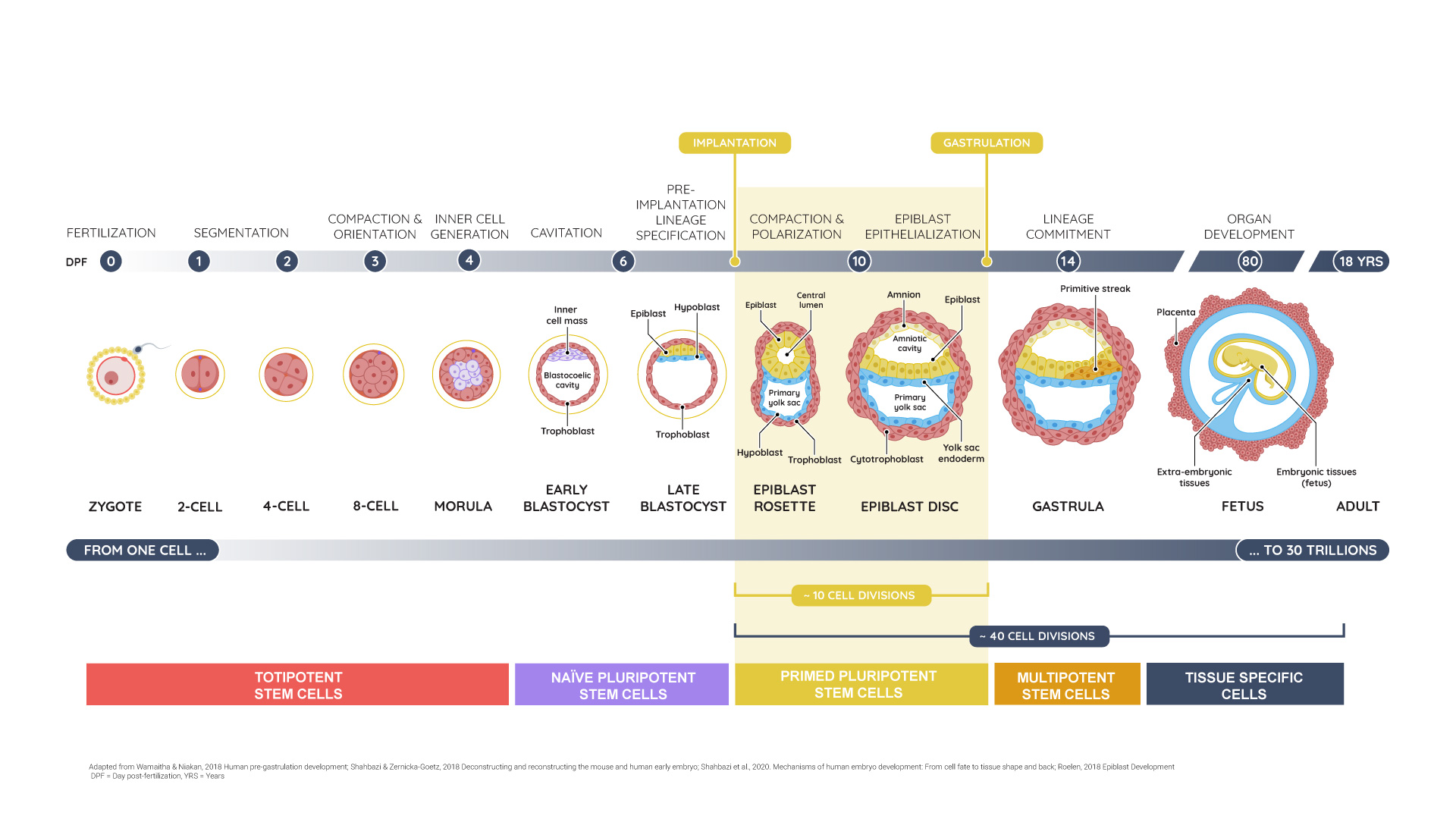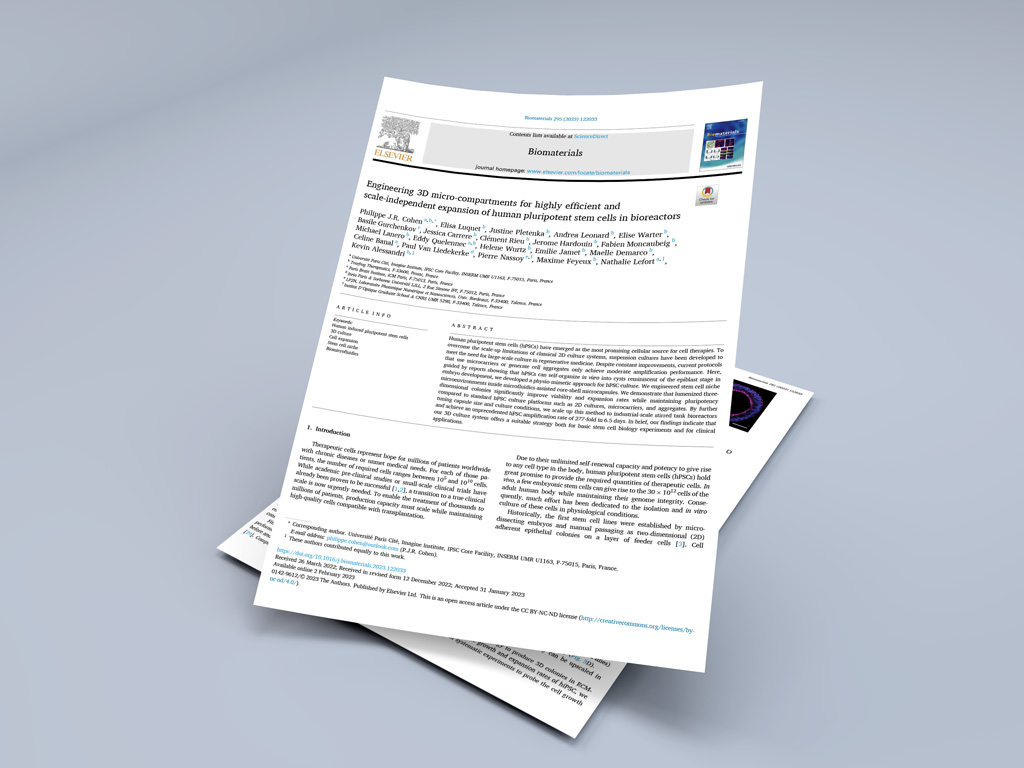
New paper in Biomaterials describes massive hiPSC expansion in 10L bioreactors
Entitled “Engineering 3D micro-compartments for highly efficient and scale-independent expansion of human pluripotent stem cells in bioreactors” this paper highlights: Biomimetic features of C-Stem™-generated capsules, allowing for in vivo-like hiPSC self-organization into lumenized rosettes / Unprecedented exponential hiPSC growth in 10L bioreactors: >275-fold within 6.5 days, with high reproducibility / Maintenance of cell quality (pluripotency & genonomic integrity) throughout massive expansion
